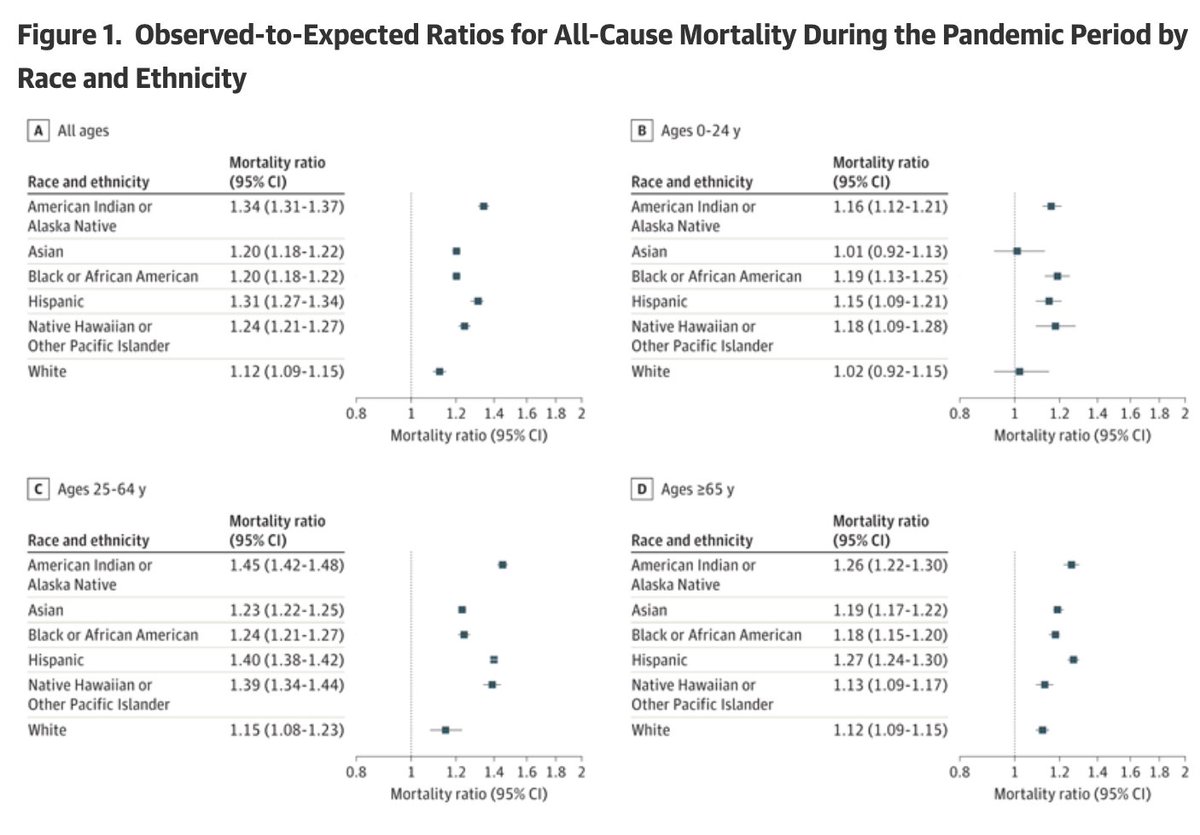Today is October 1. At the end of July, @PeterHotez wrote a national plan detailing the steps we as a nation must take to safely reopen our schools, colleges, and businesses, and even have football back safely. Have we met these goals? A thread:
journals.elsevier.com/microbes-and-i…
journals.elsevier.com/microbes-and-i…
Let's take a national look first. From the end of July (when the report was written) to the end of September (now), daily cases are down 35%, hospitalizations down 49% and deaths down 29%. One would be quick to declare victory, but this is not the complete picture. 

When we look at this week's numbers compared to the beginning of September, we see an 8% increase in cases, 11% decrease in hospitalizations and 12% decrease in deaths. The U.S. is potentially on the verge of a spike as we move into the fall and we must be aware of this.
Let's look at testing relative to cases between end of July and end of September (left) and beginning and end of September (right). Testing outpacing cases (green) means that the change in testing > change in cases. Red states = change in testing < change in cases. 



As seen from the previous map, many states' case increases are at a higher rate compared to their increases in testing. While it is true we are conducting more testing as a nation now than in July, we are still not consistently hitting 1 million per day, a low bar.
Let's now look at absolute testing (whether it is increasing or decreasing) compared to cases. Red states = testing decreasing, cases increasing. Green states = testing increasing, cases decreasing. Pink and orange states may not have their arms wrapped around an outbreak. 



Now to containment. Some experts have defined containment as one new case per million per day. No state has currently met this, with Vermont being the closest as of yesterday (6.8 new cases per million). Some states are 500x off from the containment benchmark. 





So maybe states are not the best unit of analysis. Let's take a look at counties. A @HarvardGH earlier in the summer used new cases per 100,000 as a metric for school reopenings. While the end of July had more counties in the "red zone," a spike is currently in the Midwest. 





So what were @PeterHotez's goals?
1. Contact tracing capacity. According to an earlier @NPR analysis, some states have still not hired enough contact tracers.
npr.org/sections/healt…
1. Contact tracing capacity. According to an earlier @NPR analysis, some states have still not hired enough contact tracers.
npr.org/sections/healt…
2. School and college reopenings. Some have opened safely, in areas with low community transmission. This dashboard has recorded over 150,000 cases at K-12 schools and colleges.
public.tableau.com/profile/jon.w1…
public.tableau.com/profile/jon.w1…
The @nytimes has found equally large numbers at colleges, which is consistent with my analysis. nytimes.com/interactive/20…
3. Getting Americans back to work. While it is true that many parts of the population have been able to go back to work, another 800,000+ Americans filed for first-time unemployment this week.
cnn.com/2020/10/01/eco…
cnn.com/2020/10/01/eco…
Dr. Hotez writes, "Hospitals across America will be overrun, hospital personnel will become sick in droves, and we might experience 300,000 deaths by the end of 2020."
@IHME_UW is predicting 371,509 Covid-19 deaths by January 1.
covid19.healthdata.org/united-states-…
@IHME_UW is predicting 371,509 Covid-19 deaths by January 1.
covid19.healthdata.org/united-states-…
In summary: As a whole, we have recovered from the summer surge and have brought cases down from the end of July, but we have turned for the worst this month. Americans need to practice public health measures and states need to consider implementing policies to slow the spread.
Otherwise, in the words of Dr. Rick Bright, we could be in for the "darkest winter in modern history." The future is up to all of us, but we are running out of time.
washingtonpost.com/video/politics…
washingtonpost.com/video/politics…
I encourage all Americans to read the October 1 plan and states to agree to benchmarks that can help bring case counts down. The rapid tests will help, but we need more Without a functioning federal strategy, we need a state-level movement. (end)
journals.elsevier.com/microbes-and-i…
journals.elsevier.com/microbes-and-i…
Final note on solutions: Interesting new @NPR piece out today on rapid tests, which are promising and could be available soon. "It is a paradigm shift," @ashishkjha says. "What I think new testing capacity allows us to do is actually play offense."
npr.org/sections/healt…
npr.org/sections/healt…
• • •
Missing some Tweet in this thread? You can try to
force a refresh


















